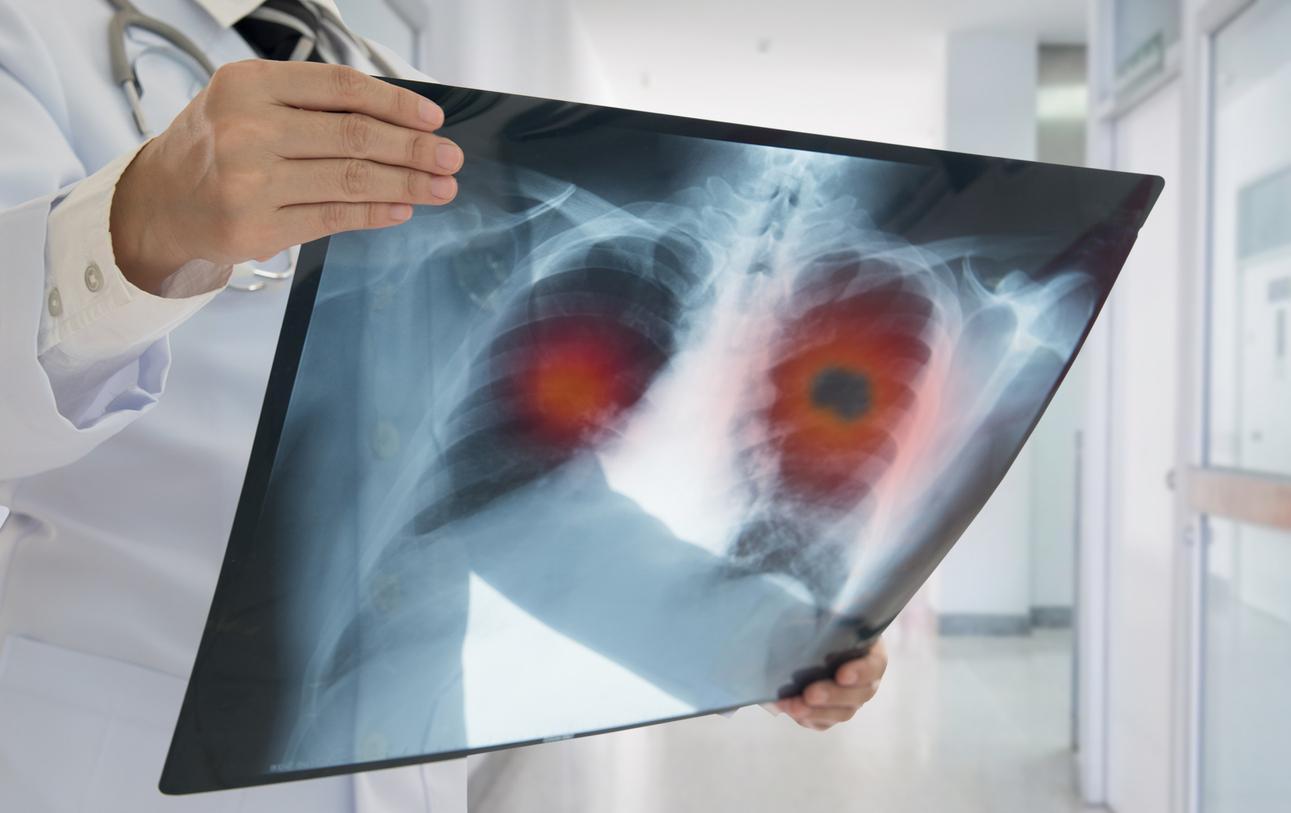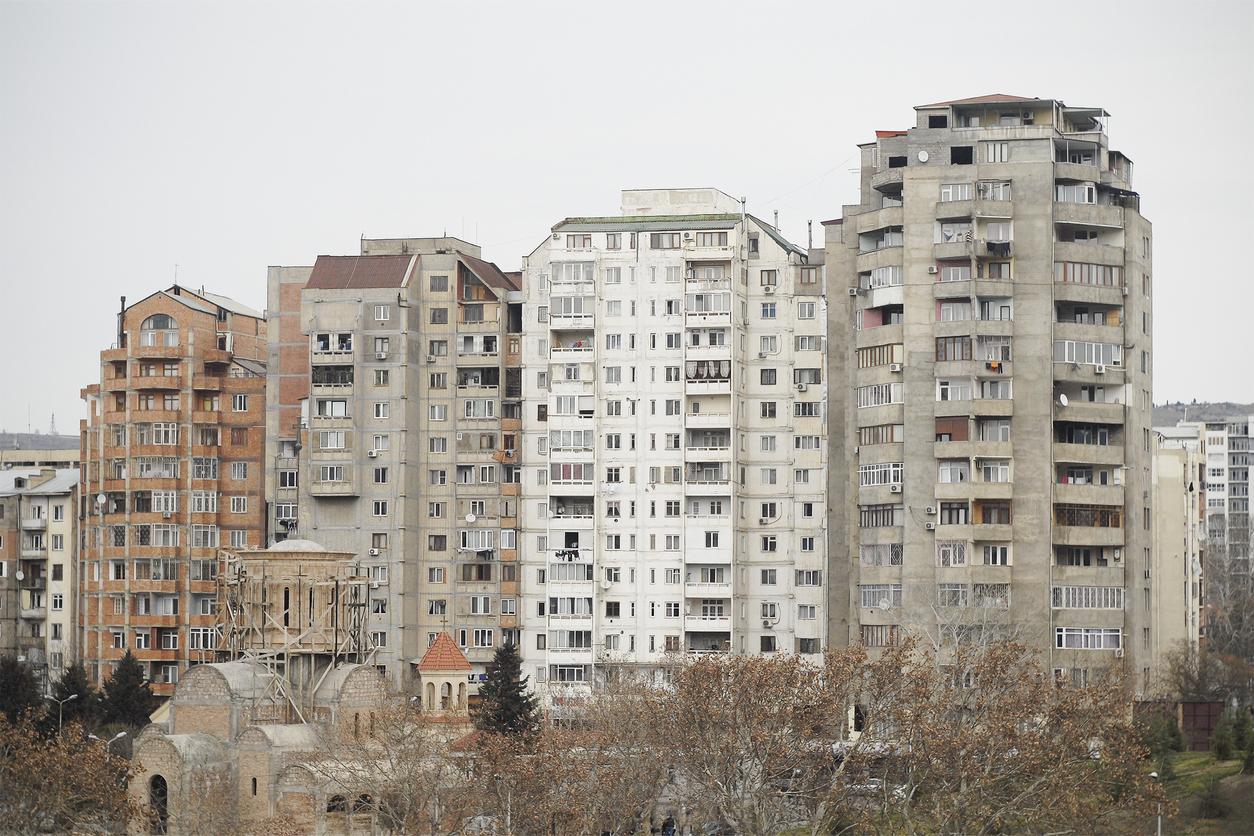Fine particle alerts have rocked the news in recent days. While the air quality monitoring association in Ã??le-de-France Airparif announced a pollution peak for Sunday 1st Monday November 2, 2015, the mayor of Paris Anne Hidalgo asked for the implementation of automated alternating traffic. After discussion with the Minister of Ecology Ségolène Royal, an agreement has been reached: the alternating circulation of motorized vehicles will be decided automatically in the event of pollution peak provided that the town hall and the region both request it. This type of traffic is intended to limit road traffic, the main source of fine particle pollution PM10 type (diameter less than 10 micrometers): on even days, only motorized vehicles with an even number plate are authorized to drive, and vice versa for odd days. But what is the real impact of this type of measure?
Fewer nitrogen oxides and particles
Alternating traffic makes it possible to reduce the number of cars in circulation, by favoring the use of public transport or by encouraging carpooling. And who says less traffic also says less pollutant emissions. This measure has been implemented three times in Île-de-France (in October 1997, in March 2014 and in March 2015). For each of these periods, Airparif showed that the levels of pollutants usually measured had been lowered by 10 to 20% for nitrogen oxides, and around 5% for fine particles.
Very encouraging results were also observed during the “Paris without a car” day organized on September 27, 2015. For the streets of the capital made pedestrian at this occasion, nitrogen dioxide pollution levels, “a good tracer of traffic and local pollution“, had observed a drop of 20 to 40% compared to a Sunday with similar weather conditions, according to an Airparif press release.
Strong long-term health impacts
The urban pollution is a real public health problem. In addition to irritation of the respiratory tract, scientists highlight long-term health effects: atmospheric pollutants could thus promote heart attacks, cancers, heart disease, respiratory diseases, but also fetal malformations and genetic mutations. In France, measures against atmospheric pollution are regularly considered by the National Health Environment Plan. In terms of air quality, it provides in particular for a “conversion grant for replacing an old diesel vehicle with a clean vehicle“.
>> To read also:
Air pollution: an association intends to file a complaint soon in Paris
Health: car air too polluted
Pollution killed 7 million people in 2012
Indoor air pollution: who are the first victims?
















